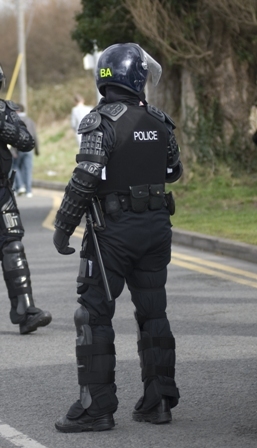The future of British railways is in doubt
SUGGESTED

IEA Research quoted in The Financial Times

Harrison Griffiths writes in CapX

Prof. Len Shackleton writes in CapX
Len wrote:
“However, looking at the state of Britain’s railways in the early 1960s, any objective observer would surely have admitted that something drastic was needed. The network was massively overstaffed, largely reliant on dirty and inefficient – albeit no doubt quaint and romantic – steam haulage, and with little understanding of costs and revenue. The still extant Victorian network involved considerable duplication of routes, and maintained many lines which had never turned a profit at any time in their existence.
“Fifteen years after nationalisation, British Railways’ organisation remained on the regional basis of the former company groupings, dating back to the 1920s. Each region had its own locomotives, rolling stock and signalling arrangements and operated largely independently, with bosses competing against each other for investment. Nationalisation had entrenched union power and a mindset to which profitability was alien.
“Fast-forward to 2023. The railways are again in serious trouble. Privatisation in the 1990s led to an unprecedented boom in passenger travel, with numbers reaching levels never seen before. However even before Covid-19 hit, the increase had tailed off. The franchise system was proving ever more problematic, with several well-publicised failures. Track improvements, including electrification, were slow and involved big cost overruns. Consumers continue to complain of high prices, over-crowding and delays. Blame for delays was disputed between publicly-owned Network Rail and the private Train Operating Companies, with 400 people employed simply to sort out compensation arrangements.”
The full piece can be read here.



